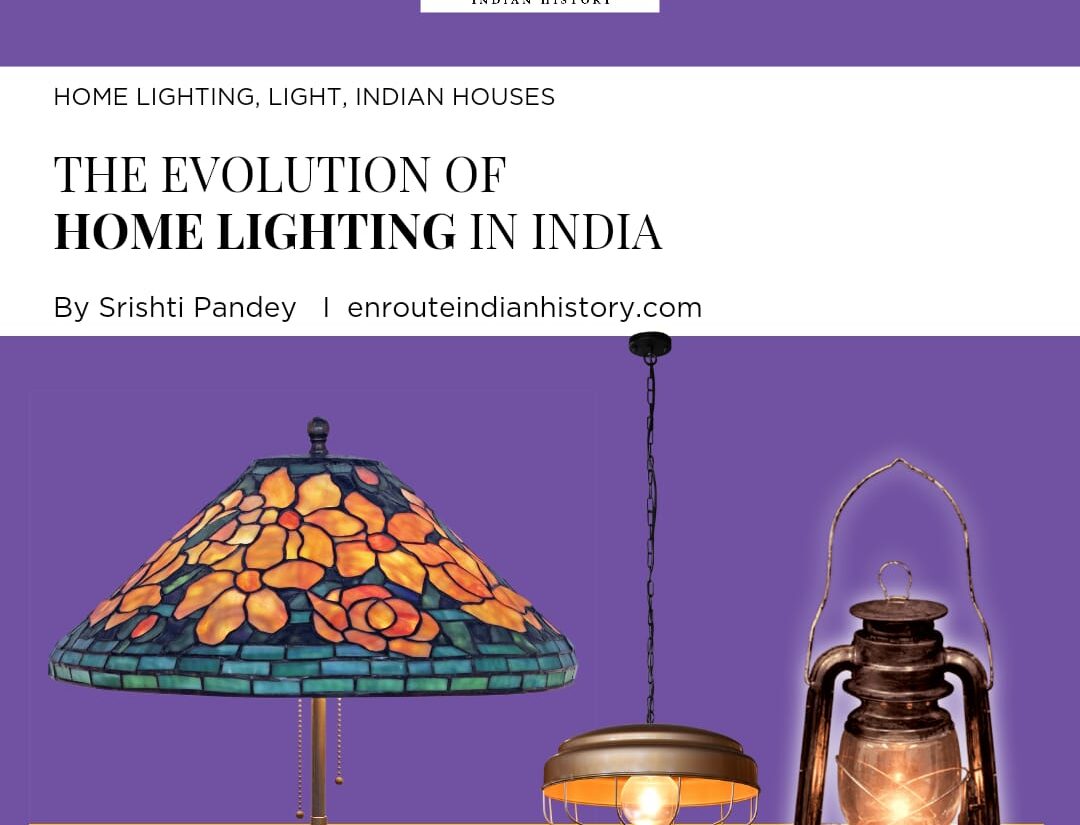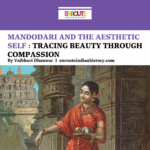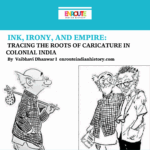
Light is the source of energy and warmth. The sun is considered to be the ultimate source of energy and the one major contribution of the sun in our daily lives has been the sunlight. The day breaks with the warmth of the sunlight making its way into the blue skies and the evening brings with it the fear of darkness (not to demean the lovely moon though). To dispel this very darkness man started making use of artificial lights. The evolution of artificial lighting in Indian history has evolved from fire and has progressed to the various forms of artificial lights that today are used for home lighting in India. These lights help light up our homes and make them glow with their warmth and enliven our home spaces.
Artificial lights have a positive impact on our mood and can also be classified into General Lighting, spotlighting and decorative lighting. The lights help in increasing the melatonin which helps in reducing stress and helping people sleep better, unlike the mobile light which has an adverse effect. There are various forms of lighting such as Ambient lighting (these are helpful with the even lighting of the rooms), Task lighting (these target specific activities such as reading), Accent Lighting (these help in highlighting certain corners of a room which may be artworks or even plants) and then there are decorative lighting (these add an aesthetic value to the houses and include the chandeliers, pendant lights etc.).
LIGHTING IN THE PRIMITIVE AGE
The primitive man-made use of light which they obtained from fire which they obtained from oily nuts which they burned in clay saucers. The primitive times were also when the people lit torches which were primarily rod like pieces of wood and rags would be wrapped around the end of the torch. They would lip the rag in an inflammable material. The progress of time saw the liquid being made of sulphur and lime and that ensured that the torch didn’t get extinguished even post coming in contact with water. The Romans put these torches in scones and this made them the permanent source of light. From the primitive period came the medieval period which saw the deployment of metal lamps and then there was the modern age which witnessed inventions in the world of artificial lights.
DIYAS AND THEIR GLOW
In India, the tradition of artificial lights started with the lighting of diyas. Their description is also available in the Ramayana and how they illuminated the dark skies on the return of Lord Ram to Ayodhya, on the moonless night of amavas. The earliest discovered oil lamps can be traced back to Persia to the period of the 9th century. They made use of vegetable oils and even animal fat. Sometimes even whale oil was used and this oil was odourless.
THE GOOD OLD CANDLES
The time further saw the coming of candles as sources of artificial lights and the use of the candle goes back to the times of Prophet Moses. He had been commissioned to make candles for what is called the Tabernacle.

Exhibit-Tabernacle with Candles
They were made from hammered gold. In the 18th century, the candle makers in Paris would go from house to house making candles for the people. In India, the rules for the making and using the candles have been written in the ‘Dharma-shastras’.
Here animal fat was not used and only ghee and sesame oil were made use of. The wicks were made using lotus threads and fibres. There are records available from the 17th century from Sivaji’s times and is called ‘Rajavyavaharakosha’ and the composer was Ragunath Pandit around AD 1676. This was in accordance with how the candles should be made. The terms such as candle stick and candle wax are included in the text. From the court of Akbar, the records are contained within the pages of Ain-i-Akbari and one learns how camphor candles were burnt in various types of candle sticks. The candle sticks were at least 3 yards long. The common people are said to have made use of wax candles. Ernest Machay has written in ‘Indus Civilization’ that candle sticks have been excavated from the Harrapan times as well. Some lamp-men were called Diwati who were employed to provide artificial lights to people who did not have access to candles.
GOODMAN DI LAALTEN
The candles made way for the kerosene lamps. Kerosene was the invention of Abraham Pinio Gesner. He began the distillation of coal in 1846. This process produced the clear liquid that lit up homes with artificial lights. In India, the British introduced the kerosene lamps around the 1850’s. The kerosene lamps replaced the coconut, neroli and punna oil lamps around the turn of the 20th century. The kerosene lamps also have nostalgia attached to it because the students in the 1960s and 70s would sometimes study in the artificial light provided by the kerosene lamp.
The lamps provided the people with an easier way to hand their diyas and even the candles did not blow out due to the winds. The lamps are called by different names in India for example they were called ‘Dibri Bati’ in Orissa. The traditional lamps produced a lot of smoke and that resulted in the walls and roofs of homes becoming black. The traditional lanterns were made of glass which surrounded the wick when it was lit up. The upper end of the lantern was left open for ventilation. Today these are found as treasures of the times when electricity was not available to the people.

Exhibit-Old Traditional Lantern
The Indian tradition of making lanterns also involved wooden sticks which were covered with colour paper and today these are called Kandeel (this is a Sanskrit word signifying a lantern of the sky). Also known as ‘Akash Deep’ or Gooda Deep (Kannada) these are hung outside houses during the festivals (especially Diwali). The changing times saw the replacement of bamboo sticks with wooden sticks and coloured paper was replaced by cloth.

Exhibit-Kandeel
THE ELECTRIC WAVE: FROM BULBS TO TUBELIGHTS
The traditional forms of traditional lights gradually faded into oblivion with the coming of electricity. The first demonstration which included the use of electricity was carried out in the city of joy, Kolkata. In mid 1879 the streets of the city were lit up with light bulbs which had been demonstrated by PW Flury and co. Later Kilburn and Co. which later became the Calcutta Electricity Supply Co. electrified the Harrison Street (later renamed as MG Road). This was in 1889 and this made Kolkata become the first city to have light bulbs. The Electricity Act of 1910 granted private companies, permission to generate and supply the electricity. The first government installation took place in Aruvankadu, which is in the Nilgiris (South India).
The evolution of artificial lights for home lighting made people realize the safe environment that they were creating. The lighting revolution in India started in Kolkata and three brothers namely, Suren, Hemen, and Kiran Roy from Bangladesh (undivided India) started the manufacturing of light bulbs in India with the Bengal electric lamp works in 1930s in Kasba.

Exhibit-Bengal Lamp
They aimed at lighting the homes of the Indian people. The bulbs were then joined by the traditional tube lights. Invented by the French engineer Paul-Louis Weiller was a glass tube that was filled with mercury vapour. Upon the passing of electricity, the vapour glowed and produced light. The tube lights were made bright enough for home use around 1927.
ARTIFICIAL LIGHTING IN THE 21ST CENTURY
The Indian homes had tube lights and primarily yellow bulbs as staples and in 2009, the first LED bulb was manufactured in India. The technology was from Lemnis and the manufacturer was NTL Electronics. They acquired Lemnis in 2014 making them one of the biggest manufacturers of LED bulbs in the world. These are the ‘light emitting diodes’. Today artificial lights for home lighting also include smart lights. These lights are hailed as one of the most important innovations since the light bulb. Smart lights can be controlled with smartphones and remotes. These can also be pre-set to operate at specific times. Sometimes they also have motion sensors and they turn on and off when someone walks into or away from the room. Some even have colour-changing lights and studies have proven that coloured lights affect our bodies and mind. Yellow light is considered to be the most suitable and it helps people have a positive outlook and mindset. Red-coloured lights provide a soothing effect. Blue lights are considered wonderful options when someone needs to get some work done. The Canadian medical associations even concluded that green lights have a soothing effect on people.
Artificial lights in homes have played an important role in the overall development of the mood and artificial lights also play an important role during festive occasions. They are even considered key players during cosy get-togethers. People make use of fairy lights which are interchangeably used with Christmas lights. The term fairy lights, was coined in 1882 when the dancers or the fairies in the production of ‘Lolanthe’ at the Savoy theatre in London and wore dresses strewn with lights in them. They are used more for their decorative purposes as they are not as bright as the string lights. The home lighting also includes the chandeliers.
Indian homes today are also adopting the nature-friendly methods of lighting up homes with solar power. It is a boon for the environment and there are schemes which are available today to help and guide people regarding the setting up and usage of solar lights. The solar lights help provide up to 300 units of free electricity and that too in a nature-friendly manner.
Indian homes have witnessed a transition from torches (mashalls), candles, lamps, bulbs, tube lights, LED and now smart lights and coloured lights and these forms of artificial lights have ensured that homes have been lit up with brightness and warmth.
REFERENCES
- http://www.historyoflighting.net/lighting-history/
- https://www.museums.iastate.edu/virtual/blog/2020/04/24/the-history-of-the-kerosene-lamp
- https://www.thehindu.com/features/metroplus/society/Shedding-light-on-the-advent-of-kerosene-lamps/article14477827.ece
- P. K. Gode, History of Wax-Candles in India (A. D. 1500-1900), Annals of the Bhandarkar Oriental Research Institute, Vol. 32, No. 1/4 (1951), pp. 146-165, Published By: Bhandarkar Oriental Research Institute, https://www.jstor.org/stable/41784587
- https://kalingatv.com/features/history-of-traditional-lantern-usage-in-odisha/
- https://www.dsource.in/resource/traditional-indian-lanterns-nasik-maharashtra/introduction
- https://tinyurl.com/yns9ny83
- https://tinyurl.com/38cxxdnt
- https://tinyurl.com/4tkcmkyu
- http://www.historyoflamps.com/lantern-history/history-of-lanterns/
- https://www.desertcart.in/products/450076032
- https://twitter.com/thebetterindia/status/1547785675176521732/photo/1
- https://glasshopper.myinstamojo.com/product/148939/akash-kandeel-set-of-3/
- https://clipart-library.com/clipart/167828.htm#google_vignette
















